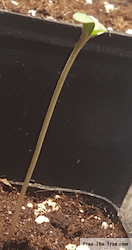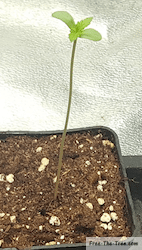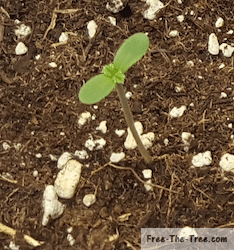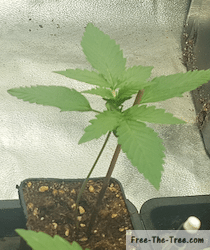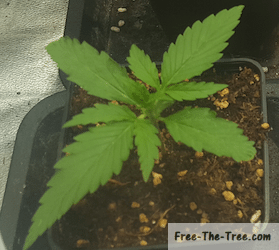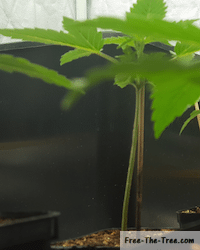What is an auto flowering seed
An auto-flowering seed is a seed genetically modified to flowering by itself, independently of the light cycle.
As you may be aware the marijuana plant bases itself on light periods (called photoperiods) for her phases in life.
In nature, the Cannabis plant is in its vegetative stage when daylight increases in time. Meaning that while days get longer, they focus on getting bigger and producing leafs, not producing flowers.
As soon as the daylight starts to reduce in time, the marijuana plant stops focusing on growing and start to produce her flowers, this is what we call the flowering stage.
With auto-flowering plants, the flowering stage isn’t based on the photoperiod but on the space is has to grow. What do I mean?
When the main root has reached a blocking point within the soil the plant will start her flowering stage, so be careful!








